This viewpoint is part of Foresight Africa 2024.
At COP28, we launched the report “State and Trends in Climate Adaptation Finance 2023”, where we analyzed the most comprehensive and up-to-date information on climate finance flows, globally and with a deep dive into Africa.
The report analyzes climate finance data for 2021-2022, the latest available with consistent quality. The good news is that global climate finance doubled to USD 1.3 trillion annually in 2021–2022 compared to USD 653 billion in 2019–2020. However, finance for global adaptation has, unfortunately, seen a relative decrease, from 7% in 2019–2020 to 5% of total climate finance in 2021–2022.
Africa is one of the most affected regions by climate change and its current and historical greenhouse gas emissions are minuscule at a global scale. However, the region received only 20% of global adaptation finance flows (USD 13 billion) annually in 2021–2022. This is less than half of the finance going to the East Asia and Pacific region, which received about 45% of global adaptation finance flows.
Africa is one of the most affected regions by climate change and its current and historical greenhouse gas emissions are minuscule at a global scale. However, the region received only 20% of global adaptation finance flows (USD 13 billion) annually in 2021–2022.
This is clearly insufficient. The report reviews data from the Nationally Determined Contributions (NDCs) prepared by African countries. According to the African NDCs, the region needs about USD 53 billion per year between 2020 and 2035. However, we estimate that the NDCs may low-ball the actual cost of adaptation by as much as 100% for a variety of reasons. This means that the projected trends are not positive. If the current level of adaptation funding flows continues, Africa will only mobilize USD 195 billion by 2035. The adaptation needs of the continent may be as high as USD 1.6 trillion. Africa’s adaptation needs are about eight times larger than the funds available.
Furthermore, the balance between climate mitigation and climate adaptation investments continues to be tilted towards the former. On the continent, adaptation finance was only 36% of total climate finance in 2021-2022. This was a decrease from 39% of total climate finance in 2019–2020. Adaptation is losing ground to mitigation financing on the continent.
We also reviewed the financial instruments used by African countries to mobilize resources for adaptation. Close to 80% of adaptation finance in Africa comes from loans or government budgets. Given the challenging debt situation on the continent, the mobilization of more grants for adaptation is more urgent than ever. It is important to note that African governments themselves invest more resources in climate adaptation than the support provided by bilateral development finance institutions to the region (19% vs 11%).
A missing actor in adaptation action in Africa is the private sector. In Africa and globally, the private sector has consistently financed less than 3% of adaptation activities from 2019–2022. A substantial portion of these funds come from philanthropies. The opportunity for commercial financiers and private enterprises to develop and finance adaptation solutions, products, and services is enormous.
In the report, we compare for the first time, flows going into public emergency response and climate adaptation flows. In Africa, between 2019 and 2021, the international funding for public emergency response funding was similar to public adaptation finance (USD 26 billion and USD 28 billion, respectively). The opportunity to reduce the need for emergency funding by investing more in climate adaptation is clear.
Unfortunately, the data shows that the most vulnerable African countries do not receive sufficient resources for adaptation. These countries are instead dependent on emergency response funding to cope with hazards. The top five recipients in Africa in 2019-2021 were South Sudan, the Democratic Republic of the Congo, Ethiopia, Somalia, and Sudan. In this list, only Ethiopia was among the top five recipients of adaptation financing.
The most recent data on climate adaptation finance in Africa shows that Africa is receiving insufficient flows, their governments are investing through debt and their fiscal resources, and adaptation is losing ground to mitigation investments in the continent. It is time to change these trends. The gap is growing. The consequences on economic growth and poverty levels are very serious. African governments are doing their part. Will the world come to support the continent?


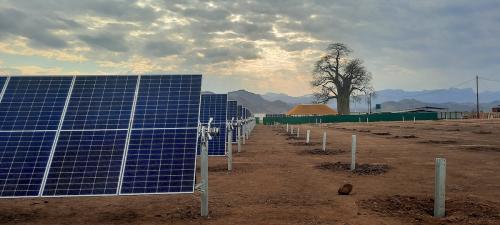
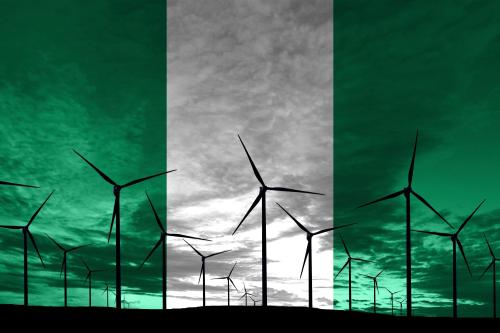
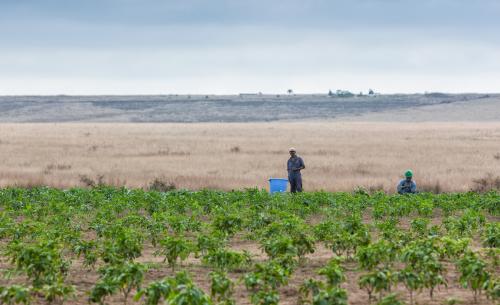
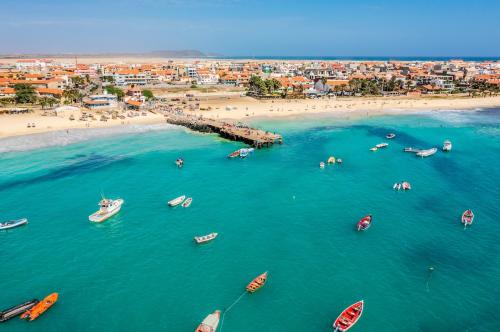
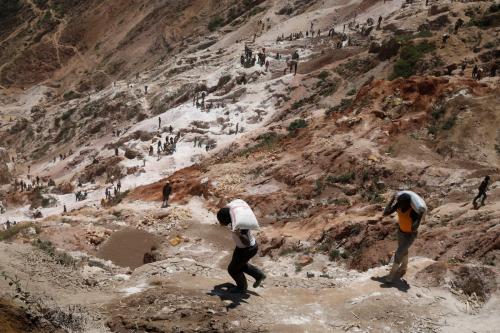
Commentary
Finance for climate adaptation in Africa still insufficient and losing ground
February 22, 2024